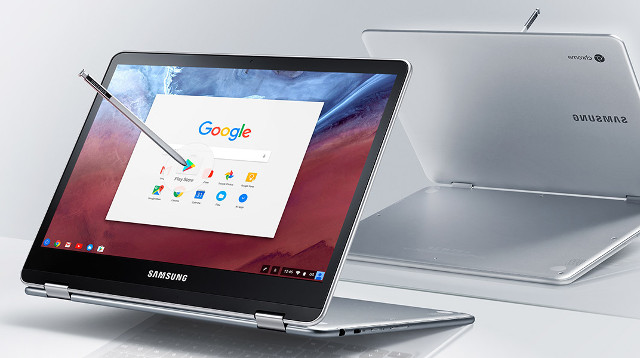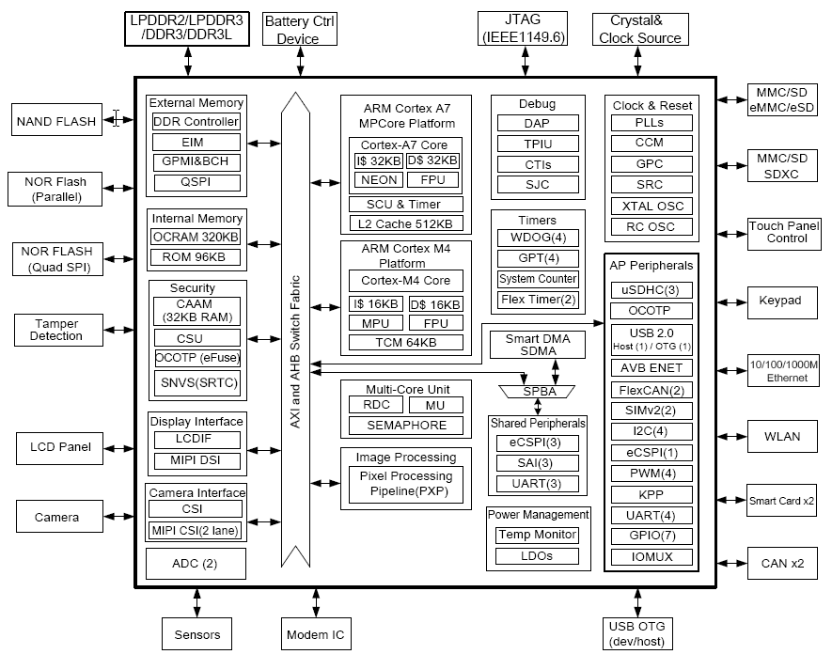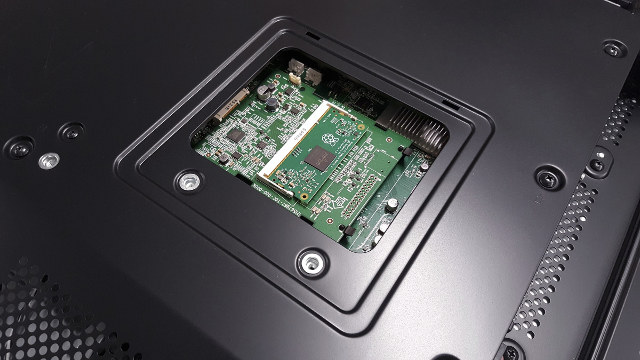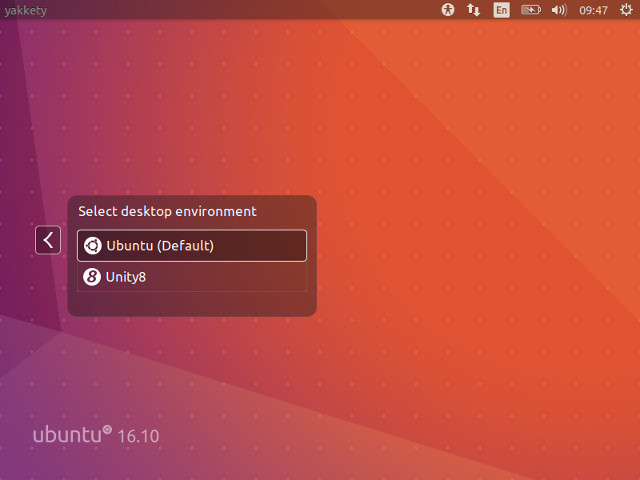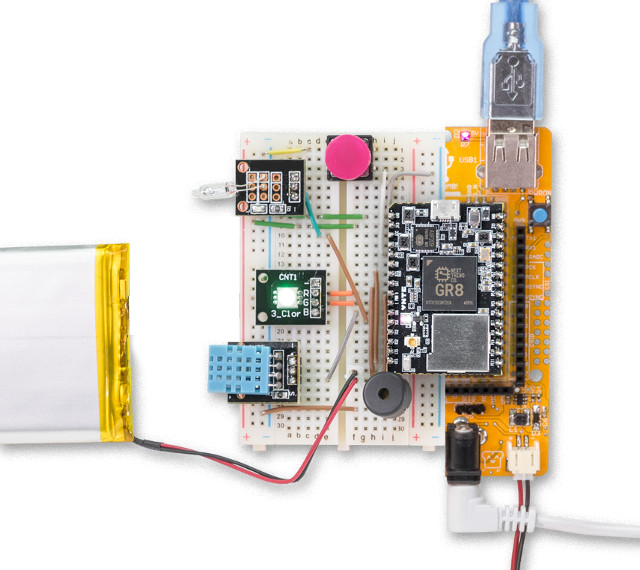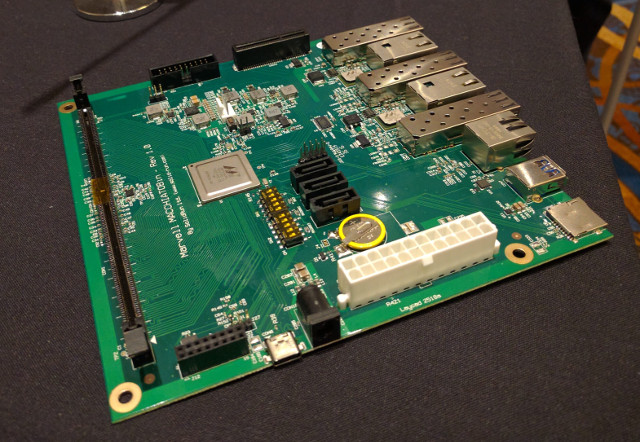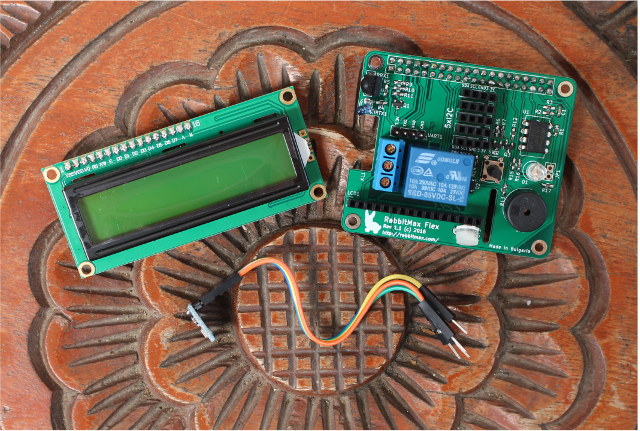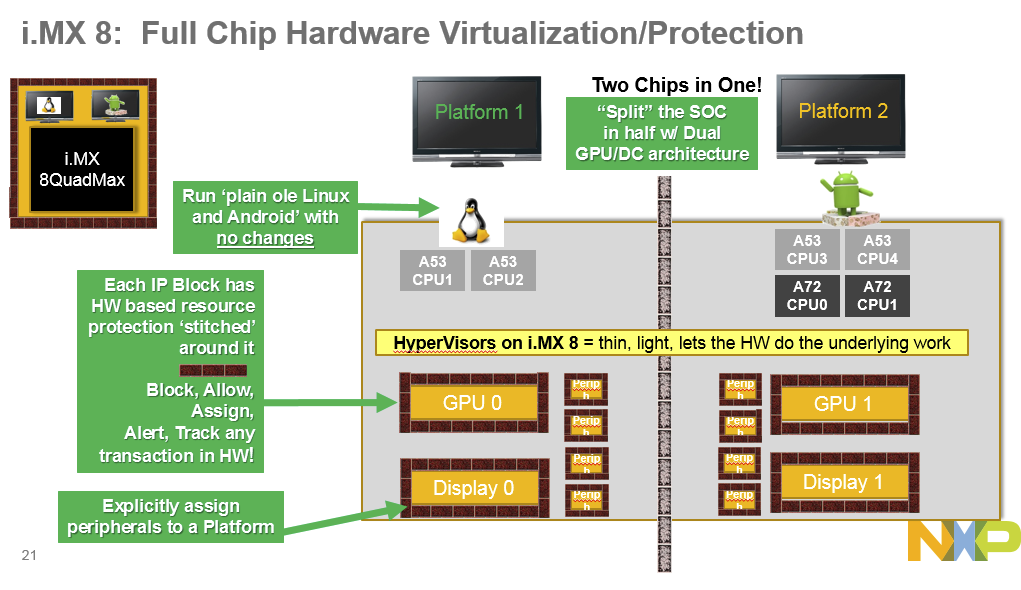Considering Linux kernel commits related to RK3399 processor almost always involves developers with a chromium.org email address, beside rock-chip.com ones, we had to expect a Rockchip RK3399 based Chromebook sooner or later, and based on various leaks, Samsung Chromebook Pro appears to be one the RK3399 Chromebooks to come to market very soon. We’ll see some of the key features and pictures, and technical details on websites such as Adorama, so we can have a pretty good idea of Chromebook Pro OP1 / 513C24I specifications, even though Samsung and Google have yet to officially launch the device: SoC – Hexa core processor with 2x ARM Cortex A72 cores @ up to 2.0 GHz, 4x ARM Cortex A53 cores (Which has to be Rockchip RK3399 SoC, or a special RK3399-C specific to Chromebooks) System Memory – 4 GB LPDDR3 RAM Storage – 32 GB eMMC Flash Storage Display – 360°-rotatable 12.3” LED […]
HMP, Real-Time Linux and Xenomai – A Look at Three Options to Develop Real-Time Linux Systems on Application Processors
This is a guest post about Heterogeneous Multicore Processing (HMP), Real-Time Linux, and Xenomai to develop real-time Linux systems written by Guilherme Fernandes, Raul Muñoz, Leonardo Veiga, Brandon Shibley, all working for Toradex. Introduction Application processor usage continues to broaden. System-on-Chips, usually powered by ARM Cortex-A cores, are taking over several spaces where small ARM Cortex-M, and other microcontroller devices, have traditionally dominated. This trend is driven by several facts, such as: The strong requirements for connectivity, often related to IoT and not only from a hardware point of view but also related to software, protocols, and security The need for highly interactive interfaces such as multi-touch, high-resolution screens, and elaborate graphical user interfaces; The decreasing price of SoCs, a consequence of its volume gain and new production capabilities. Typical cases exemplifying the statement above are the customers we see every day starting a product redesign upgrading from a microcontroller […]
Raspberry Pi Compute Module 3 to be launched by the end of the year, used in NEC displays
Eben Upton had already mentioned the Raspberry Pi Foundation was working on a Raspberry Pi Compute Module 3 based on the same Broadcom BCM2837 quad core Cortex A53 processor and 1GB LPDDR2 RAM used in Raspberry Pi 3 board earlier this year, but few details had been provided at the time. The module is still not available, but NEC Display Solutions Europe has already announced they are working on integrating Compute Module 3 into commercial displays starting with 40″, 48″ and 55″ models in January 2017, and up to 98″ by the end of next year, used for digital signage and presentation platforms. The Raspberry Pi Foundation goes on to say they’ve been working on NEC project for over a year now, and they expect to release Compute Module 3 to the general public by the end of the year. Price and complete technical details have not been released yet. […]
Ubuntu 16.10 Images Released for Intel Bay Trail and Cherry Trail Processors
Canonical formally released Ubuntu 16.10 “Yakkety Yak” yesterday with a developer preview of Unity 8 including desktop, tablet and phone UX convergence, Hybrid cloud operations with Juju 2.0, Snapd 2.16 with more than 500 snaps, etc.. Ian Morrison (Linuxium) wasted no time, and put together a Ubuntu 16.10 image working on platforms powered by Intel Bay Trail and Cherry Trail processor with modifications to have audio, WiFi and Bluetooth working. If you want to try Ubuntu 16.04 on your device you can download ubuntu-16.10-desktop-linuxium.iso and prepare a bootable USB flash the usual way with rufus, or other utilities. If you’d like to try an alternative Ubuntu flavor such as Lubuntu, Xubuntu, Kubuntu, Ubuntu GNOME, or Ubuntu MATE, Linuxium got you served too, and you’ll find the images on his blog. Unity 7 is still running by default in Ubuntu 16.04, but if you are curious about Unity 8 convergence desktop/tablet/phone user […]
CHIP Pro is a $16 WiFi and Bluetooth 4.2 System-on-Module Powered by a $6 GR8 ARM Cortex A8 SIP
Next Thing CHIP board and corresponding PocketCHIP portable Linux computer have been relatively popular due to their inexpensive price for the feature set, as for $9, you’d get an Allwinner R8 ARM Cortex A8 processor, 512MB flash, 4GB NAND flash, WiFi & Bluetooth connectivity, and plenty of I/Os, which made it very attractive for IoT applications compared to other cheap boards such as Raspberry Pi Zero and Orange Pi One. The first board was mostly designed for hobbyists, but company has now designed a new lower profile system-on-module called CHIP Pro based on Next Thing GR8 SIP combining Allwinner R8 SoC with 256MB DDR3 RAM that can be used for easy integration into your own hardware project. While the original CHIP board exposed full USB ports and interface for video signal, the new CHIP Pro is specifically designed for IoT with the following specs: SIP – Allwinner R8 ARM Cortex […]
SolidRun MACCHIATOBin is Another Marvell ARMADA 8040 Networking Mini-ITX Board
We’ve already seen SolidRun is working on a Marvell ARMADA 8040 quad core Cortex A72 community board for networking and storage applications, but based on a picture taken at Linaro Connect, the company is also working on a similar board with extra connectivity options called MACCHIATOBin. Apart from the picture, there’s no info on the web about this board, so we’ll have to derive specs from the photo, the community board features, and info provided by Marcin Juszkiewicz, so all details are preliminary and subject to change: SoC – ARMADA 8040 (88F8040) quad core Cortex A72 processor @ up to 2.0 GHz System Memory – 1x DDR4 DIMM up to 16GB RAM Storage – 3x SATA 3.0 port + micro SD slot Connectivity – 1x Gigabit RJ45 port, 1x SFP SGMII @ 2.5Gbps, 2x 10Gbps copper (RJ45) with auto switchover to dual SFP+ Expansion – 1x PCIe-x4 3.0 slot, Marvell […]
RabbitMax Flex IoT & Home Automation Board and Kit for Raspberry Pi
RabbitMax Flex is an add-on board for the Raspberry Pi boards with 40-pin headers, namely Raspberry Pi Model A+ and B+, Raspberry Pi 2, Raspberry Pi 3 and Raspberry Pi 0, destined to be used for Internet of Things (IoT) and home automation applications thanks to 5x I2C headers, a relay, an LCD interface and more. I’ve received a small kit with RabbitMax Flex boards, a BMP180 temperature & barometric pressure I2C sensor, and a 16×2 LCD display. RabbitMax Flex specifications: Relay – Songle SRD-05VDC-SL-C supporting 125V/250VAC up to 10A, 30VDC up to 10A Storage – EEPROM with some system information for identification IR – IR LED, IR receiver Misc – Buzzer, Button, RGB LED Expansion Header for LCD character display + potentiometer for backlight adjustment 5x 4-pin headers for I2C sensors Dimensions – Raspberry Pi HAT compliant The assembly of the kit is child’s play as you don’t even need […]
Meet NXP i.MX8 Processor Families: i.MX 8 for High performance, i.MX 8M for Audio/Video & i.MX 8X for Low Power
Freescale and then NXP have been talking about i.MX8 processors for several years, and this spring unveiled i.MX 8 Multisensory Enablement Kit without giving much details about the processor except it would include both Cortex A72 & A53 cores. But NXP put out a press release yesterday about “Multisensory Automotive eCockpit Platform to Advance Multimedia Experiences in Future Cars” which appears to be the same news but with different words, except the content of the PR has more interesting bits such as: The new family, which is based on up to six 64-bit ARMv8-A technology processor cores and includes a HiFi 4 DSP, LPDDR4 and DDR4 memory support as well as dual Gigabit Ethernet with audio video bridging (AVB) capability, is designed to advance automotive dashboard graphics such as instrument clusters, infotainment visuals, heads-up displays, rear-seat screens and more. Capable of driving four HD screens with independent content or a […]


